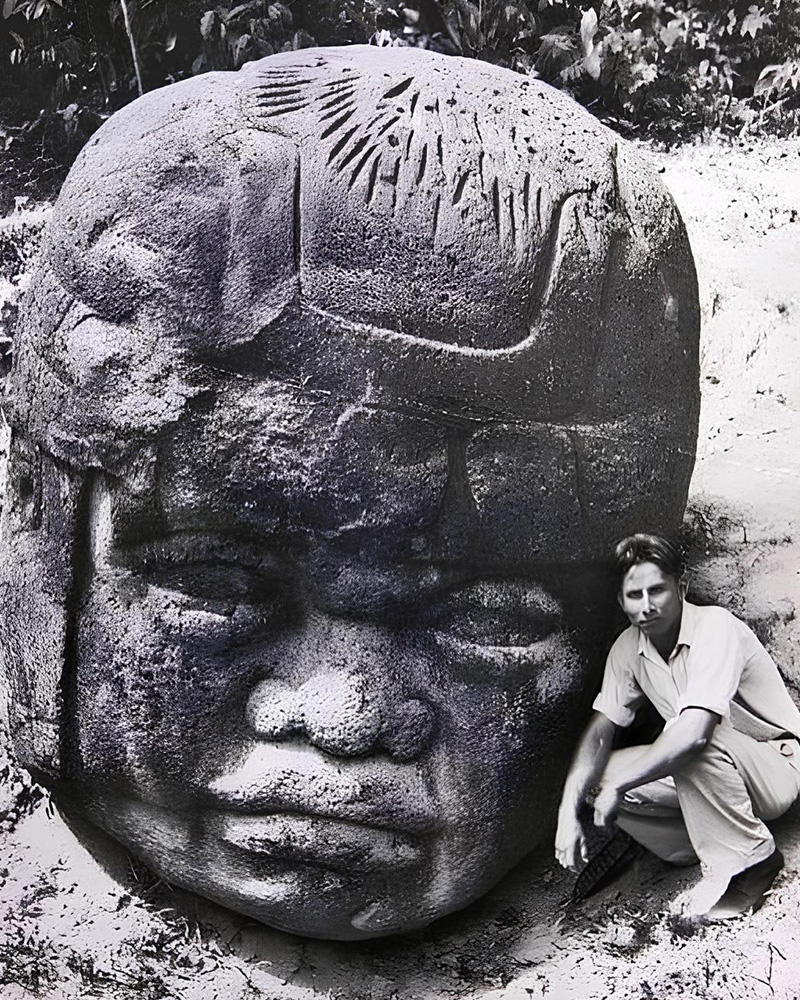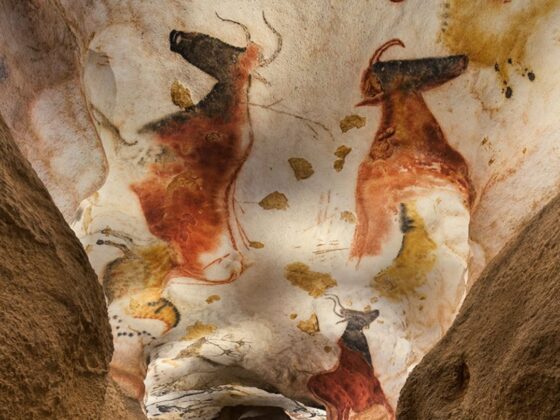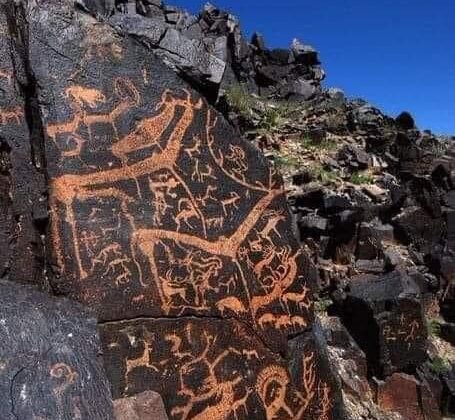The Olmec civilization flourished in ancient Mexico from approximately 1200 BCE to 400 BCE, making it the earliest known major Mesoamerican civilization. Centered in the tropical lowlands of Mexico’s Gulf Coast in the modern-day states of Veracruz and Tabasco, the Olmec culture exerted significant influence across Mesoamerica, leading many scholars to call it the “mother culture” of later Mesoamerican civilizations.
The Olmec civilization developed from earlier, local cultures in the region. Archaeological evidence suggests that the foundations of Olmec culture were laid as early as 2500 BCE, with the emergence of settled agricultural communities. By 1600-1500 BCE, distinctly Olmec cultural traits began to appear, culminating in the full emergence of Olmec civilization around 1200 BCE.
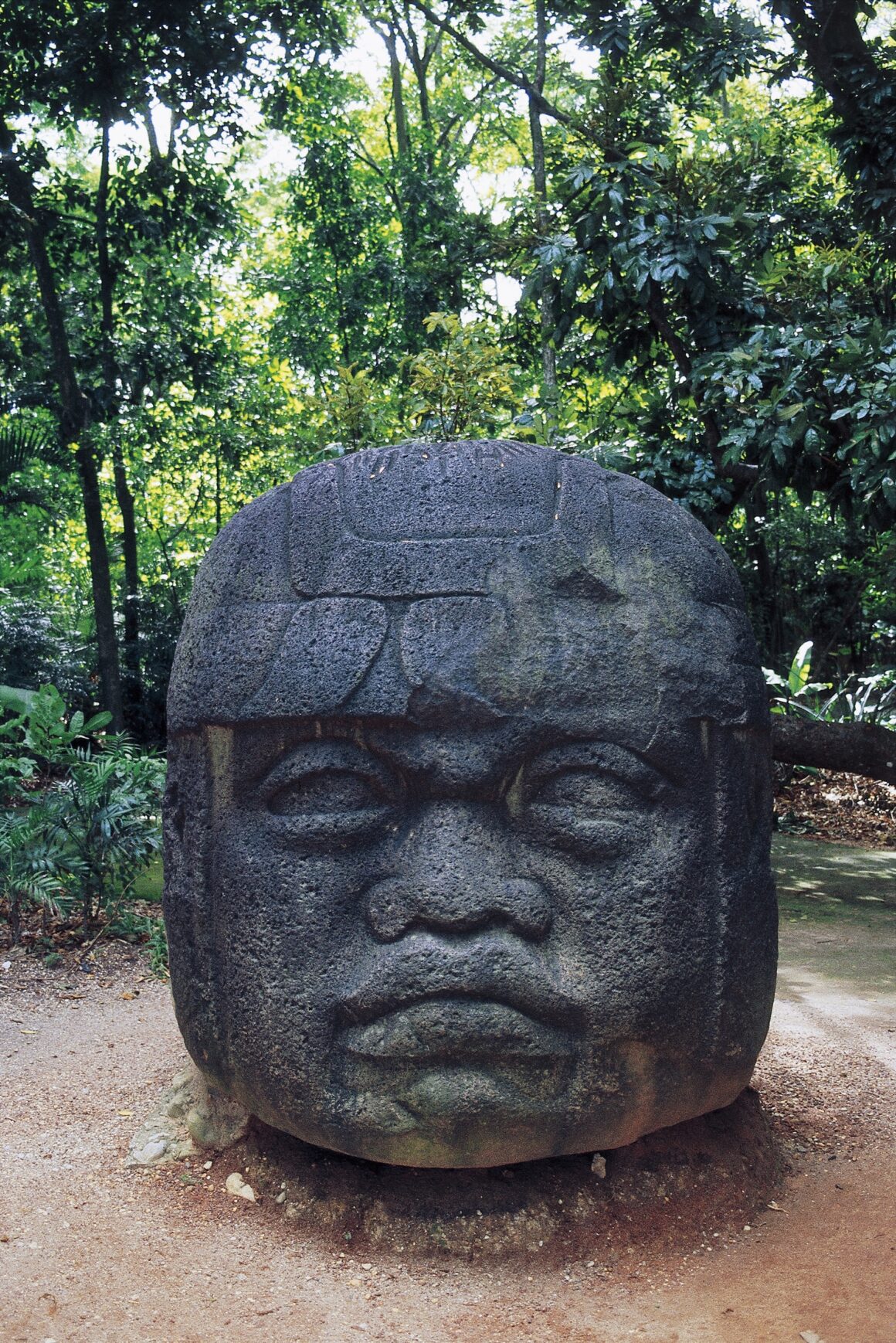
The Olmec heartland was characterized by swampy lowlands punctuated by low hills, ridges, and volcanoes. This environment provided fertile soil for agriculture, particularly for the cultivation of maize, beans, and squash. The Olmecs also took advantage of the region’s abundant natural resources, including rubber trees, which they used to produce rubber for various purposes, including the balls used in the Mesoamerican ballgame.
The Olmec built several major city-temple complexes, the most prominent being San Lorenzo Tenochtitlán, La Venta, Tres Zapotes, and Laguna de los Cerros. San Lorenzo was the first great Olmec center, flourishing from about 1200 BCE to 900 BCE. It featured complex urban planning, including artificial terraces, pyramids, and elaborate drainage systems. Around 900 BCE, San Lorenzo declined, and La Venta rose to prominence, becoming the most important Olmec center until its abandonment around 400 BCE.
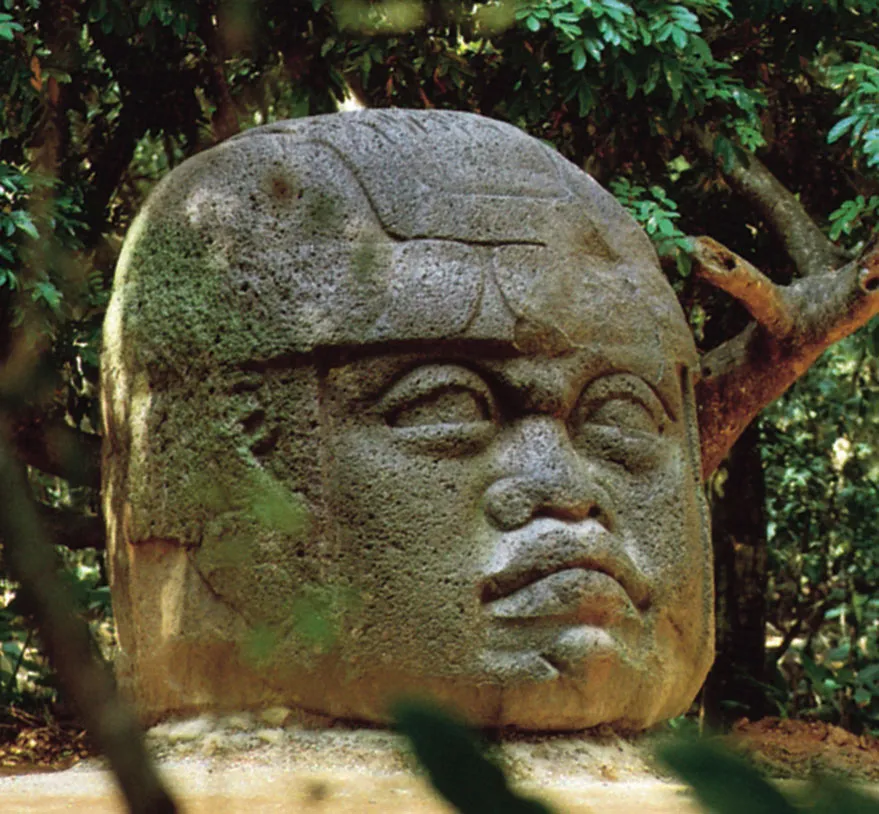
One of the most striking features of Olmec culture is their monumental stone sculpture. The most famous examples are the colossal stone heads, believed to be portraits of Olmec rulers. These heads, carved from massive basalt boulders, can weigh up to 20 tons and stand up to 3.4 meters tall. The Olmecs transported these enormous stones over long distances, likely using river rafts and log rollers, demonstrating their advanced engineering skills.
Olmec art is characterized by a distinctive style featuring were-jaguar motifs, which combine human and jaguar features. This imagery reflects the importance of the jaguar in Olmec religion and cosmology. Other common themes in Olmec art include infant-like figures, often interpreted as representations of the Olmec maize god, and depictions of rulers or shamans in transformative states.
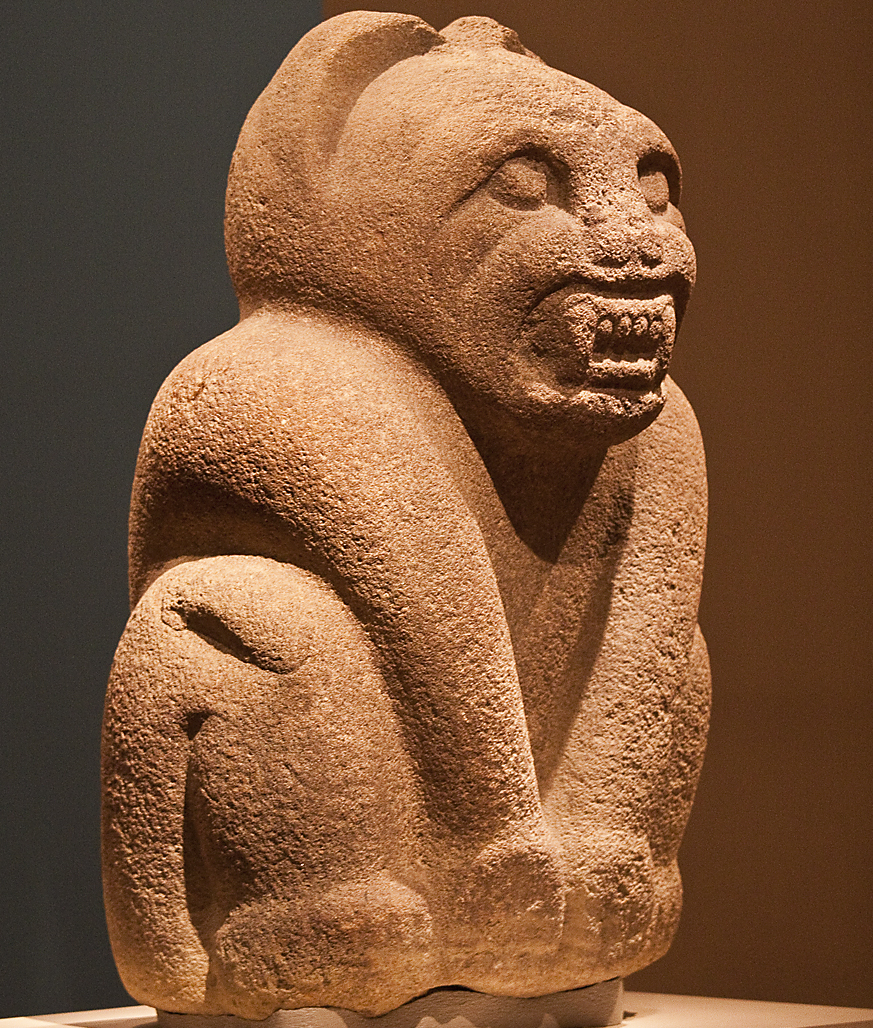
The Olmecs developed a complex religion and cosmology. They built ceremonial centers and large earthen pyramid mounds, which served as platforms for religious rituals and elite residences. Evidence suggests that the Olmecs practiced bloodletting rituals and human sacrifice, common features of later Mesoamerican religions.
While no definitive Olmec writing system has been discovered, some scholars believe that the Olmecs may have developed the earliest writing system in Mesoamerica. The Cascajal Block, discovered in the late 20th century and dating to around 900 BCE, contains symbols that may represent an early form of Olmec writing.
The Olmecs engaged in long-distance trade, exchanging goods such as obsidian, jade, serpentine, mica, rubber, and pottery. This trade network extended their cultural influence far beyond their heartland, reaching as far south as present-day Costa Rica and as far north as the Valley of Mexico.
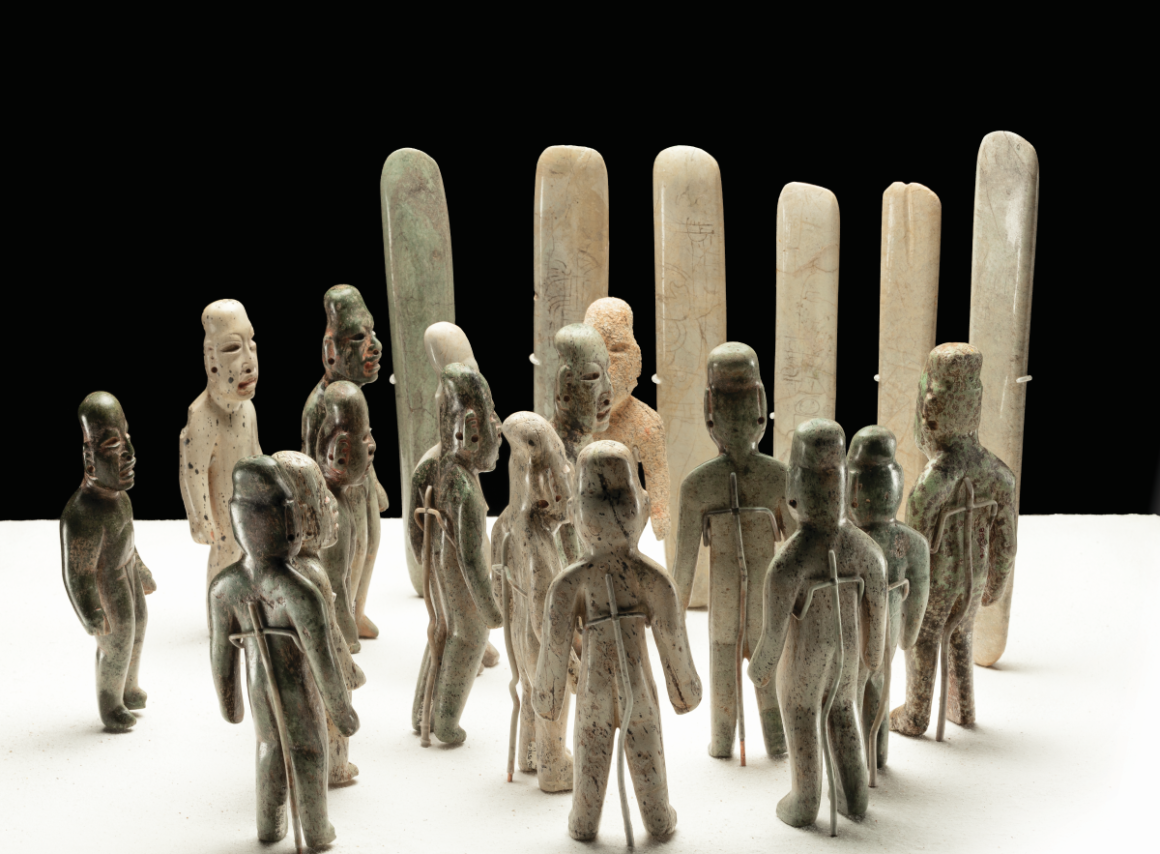
The decline of the Olmec civilization began around 400 BCE, with the abandonment of major sites like La Venta. The reasons for this decline are not fully understood but may include environmental changes, social unrest, or shifts in trade patterns. Despite their disappearance as a distinct culture, the Olmecs left a lasting legacy that influenced subsequent Mesoamerican civilizations, including the Maya, Zapotec, and Aztec.
The rediscovery and study of the Olmec civilization began in the 19th century, with major archaeological excavations taking place throughout the 20th century. Today, Olmec sites and artifacts continue to be studied, providing new insights into this foundational Mesoamerican civilization and its enduring impact on the cultures that followed.
